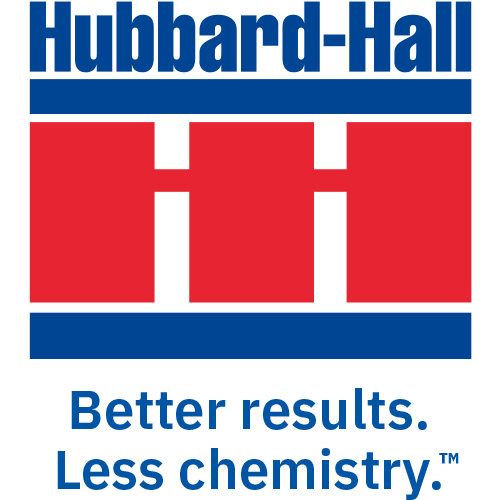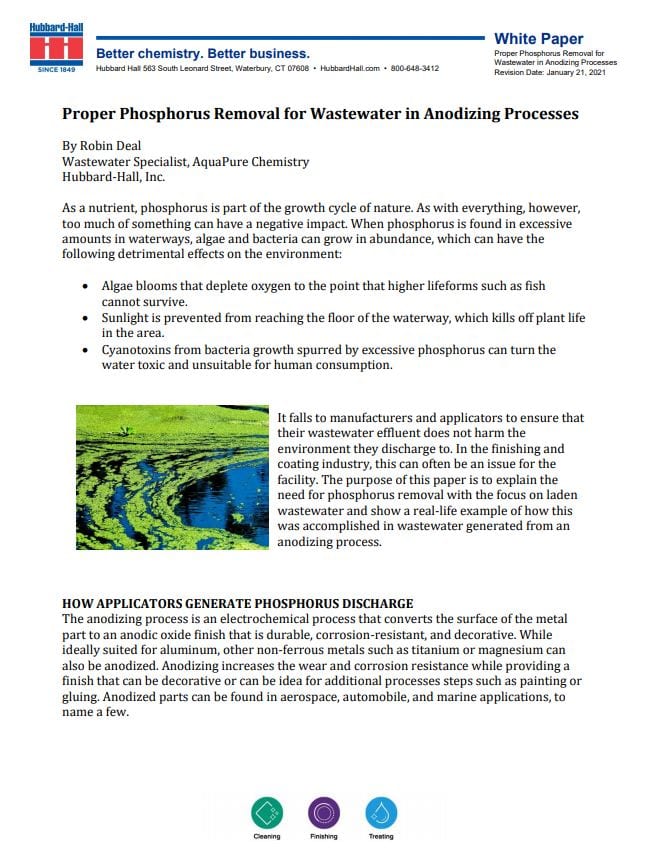As a nutrient, phosphorus is part of the growth cycle of nature. As with everything, however, too much of something can have a negative impact. When phosphorus is found in excessive amounts in waterways, algae and bacteria can grow in abundance, which can have the following detrimental effects on the environment:
• Algae blooms that deplete oxygen to the point that higher lifeforms such as fish cannot survive.
• Sunlight is prevented from reaching the floor of the waterway, which kills off plant life in the area.
• Cyanotoxins from bacteria growth spurred by excessive phosphorus can turn the water toxic and unsuitable for human consumption.
It falls to manufacturers and applicators to ensure that their wastewater effluent does not harm the environment they discharge to. In the finishing and coating industry, this can often be an issue for the
facility. The purpose of this paper is to explain the need for phosphorus removal with the focus on laden wastewater and show a real-life example of how this was accomplished in wastewater generated from an anodizing process.







